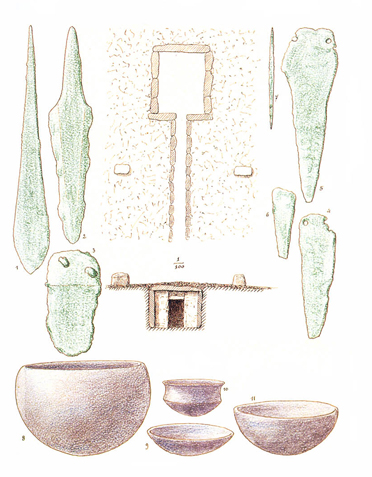Continuity and reuse of collective funerary spaces in Argar culture
Recent narratives about Bronze Age societies of the south-eastern Iberia have created a culturally unified image characterised by the lack of cultural diversity and permeability to any kind of influence. Nevertheless, the scale and intensity reached by the reuse of different funerary and ceremonial spaces characteristic of 4th and 3rd millennia brings us face to face with a phenomenon that shatters the supposed this cultural uniformity. The southeast of Iberia thus becomes a space for contact and meeting among social groups with differentiated, heterogeneous and changing characteristics. The societies we know as Argaric (local name of Bronze Age societies) doubtless enjoy a relevant position in this complex scenario, but they were not alone: they lived together with other groups with different social practices that even had opposite meanings that could be read in terms of cultural and ideological resistance against the rapid process of social stratification that characterises Argaric communities.

